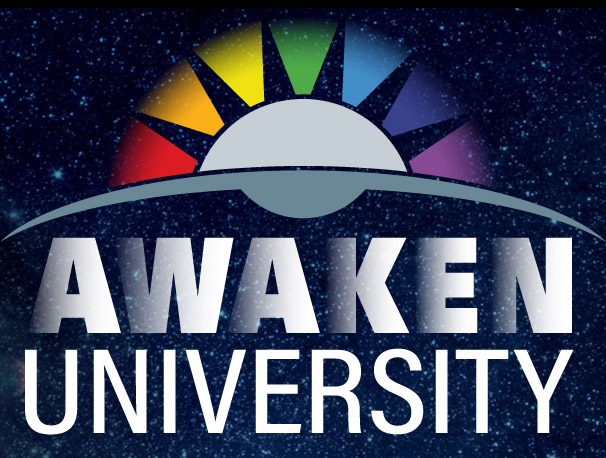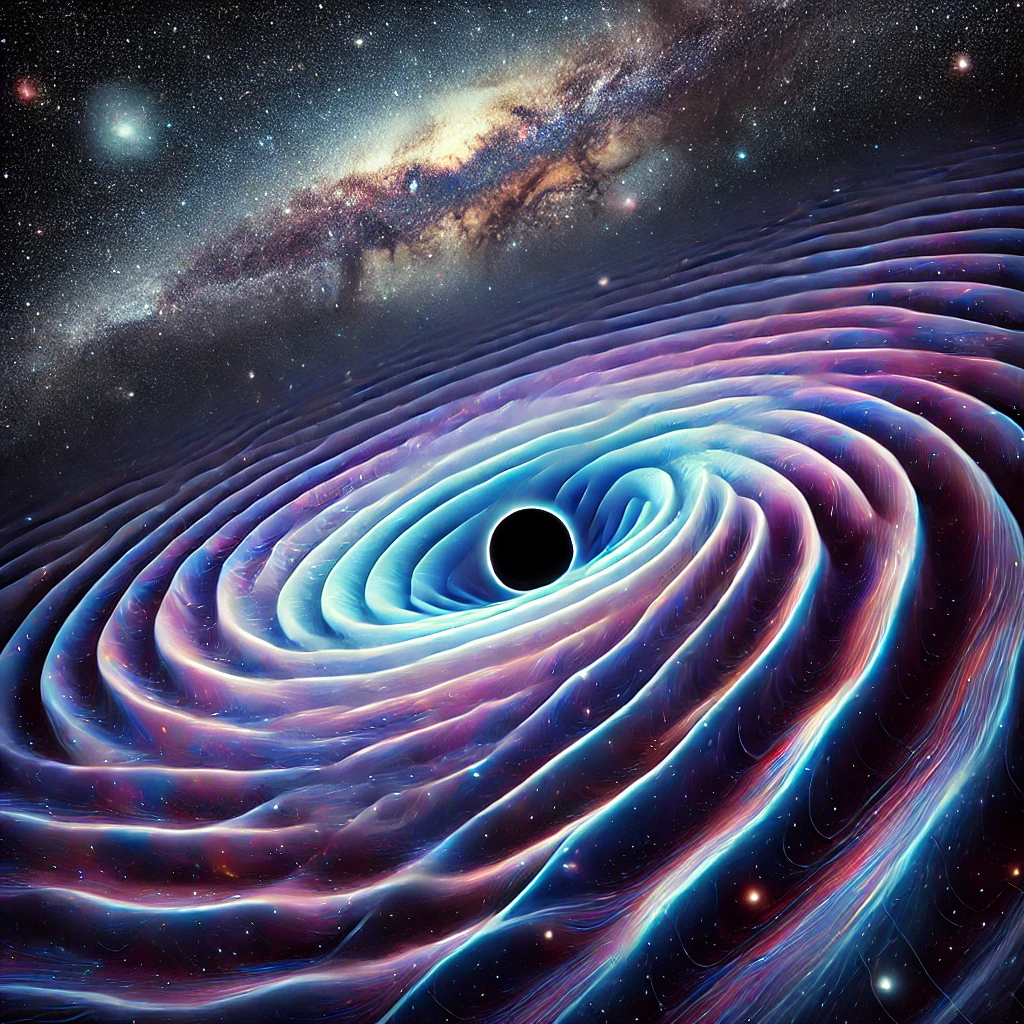Gravitational Waves: Cosmic Ripples in Spacetime
Overview
Gravitational waves are ripples in the fabric of spacetime caused by some of the most violent and energetic processes in the universe. First predicted by Albert Einstein in his General Theory of Relativity (1915), gravitational waves were directly detected for the first time in 2015 by the Laser Interferometer Gravitational-Wave Observatory (LIGO).
These waves are produced when massive celestial objects accelerate, such as colliding black holes, neutron star mergers, or even the remnants of the Big Bang. In addition to their significance in astrophysics, gravitational waves are sometimes associated with metaphysical concepts of universal vibration, cosmic resonance, and interdimensional energy.
Scientific Explanation: What Are Gravitational Waves?
Gravitational waves are distortions in spacetime that propagate outward from their source at the speed of light. Unlike electromagnetic waves, which travel through space, gravitational waves stretch and compress spacetime itself as they move.
Key Characteristics of Gravitational Waves
- Originate from Massive Cosmic Events – Produced by phenomena such as black hole mergers, neutron star collisions, and supernova explosions.
- Travel at the Speed of Light – These waves move across the universe at the same speed as light, carrying information about distant cosmic events.
- Stretch and Squeeze Spacetime – As gravitational waves pass through an area, they momentarily alter distances between objects without being physically observable.
- Extremely Weak Effects – Even though gravitational waves carry immense energy, their impact on spacetime is incredibly small and requires advanced technology to detect.
The detection of gravitational waves has provided a new way of observing the universe, allowing scientists to study cosmic events that were previously undetectable by conventional telescopes.
Sources of Gravitational Waves
Gravitational waves are generated by cataclysmic astrophysical events that involve massive accelerations. Some of the most common sources include:
Black Hole Mergers
- When two black holes orbit each other and eventually merge, they release an enormous amount of energy in the form of gravitational waves.
- The first direct detection of gravitational waves in 2015 came from the merger of two black holes located over a billion light-years away.
Neutron Star Collisions
- Neutron stars are extremely dense remnants of supernovae. When two neutron stars collide, they emit gravitational waves and sometimes produce gamma-ray bursts and kilonovae.
- The detection of a neutron star merger in 2017 (GW170817) allowed scientists to observe both gravitational waves and electromagnetic radiation from the same event.
Supernova Explosions
- The collapse of a massive star into a supernova can create gravitational waves if the explosion is asymmetrical.
- These waves help scientists study the core collapse of stars and the formation of neutron stars or black holes.
The Big Bang and Primordial Waves
- The early universe likely produced primordial gravitational waves, remnants of cosmic inflation shortly after the Big Bang.
- Detecting these waves could provide insights into the origin and structure of the universe.
Detection of Gravitational Waves
Because gravitational waves are extremely subtle, detecting them requires highly sensitive technology. The two main observatories involved in gravitational wave detection are:
LIGO (Laser Interferometer Gravitational-Wave Observatory)
- Uses laser interferometry to measure minuscule distortions in spacetime caused by passing gravitational waves.
- Consists of two facilities in the United States, located in Washington and Louisiana.
- First confirmed the existence of gravitational waves in 2015.
VIRGO (European Gravitational Observatory)
- A similar laser interferometer based in Italy, working alongside LIGO to provide more precise wave localization.
LISA (Laser Interferometer Space Antenna – Future Mission)
- A planned space-based gravitational wave observatory, designed to detect low-frequency gravitational waves that are undetectable from Earth.
By studying gravitational waves, astronomers can now observe events beyond the reach of traditional telescopes, opening a new field of gravitational-wave astronomy.
Gravitational Waves in Metaphysics and Spirituality
Some metaphysical and esoteric traditions interpret gravitational waves as part of the vibrational nature of the universe.
Universal Resonance and Cosmic Vibration
- The idea that the universe is built on vibrational energy aligns with the concept of gravitational waves as cosmic ripples.
- Some believe that these waves are part of a greater harmonic structure, influencing planetary and human consciousness.
Interdimensional Energy and Higher Frequencies
- Some spiritual theories suggest that gravitational waves act as bridges between dimensions, carrying energetic information beyond physical perception.
- The waves may contribute to the shifting of consciousness, energetic upgrades, and cosmic realignments.
Human Energy Fields and Cosmic Influence
- Just as gravitational waves stretch and squeeze spacetime, some believe they may also interact with subtle energy fields, affecting spiritual awareness and human evolution.
- Some traditions align gravitational waves with the concept of light codes and galactic transmissions, suggesting that cosmic shifts influence energetic awakenings.
While these interpretations are not scientifically verified, they offer a spiritual perspective on the interconnectedness of cosmic forces.
Impact and Future of Gravitational Wave Research
The study of gravitational waves is still in its early stages, but its implications are vast.
Advancements in Astrophysics
- Mapping the Universe: Gravitational wave astronomy allows scientists to study dark matter, black holes, and cosmic evolution in new ways.
- Multimessenger Astronomy: The combination of gravitational wave and electromagnetic observations helps scientists create a more comprehensive understanding of cosmic events.
Potential Technological Innovations
- The techniques developed for gravitational wave detection may lead to advancements in quantum physics, optics, and engineering.
- Future gravitational wave observatories could provide insights into the fundamental nature of spacetime, gravity, and high-energy physics.
Theoretical Implications
- Gravitational waves may help answer questions about the nature of black holes, extra dimensions, and the fundamental structure of the cosmos.
- Some theories suggest gravitational waves could provide evidence of parallel universes or exotic cosmic objects.
The continued study of gravitational waves is expected to revolutionize modern physics and deepen our understanding of the universe.
Conclusion
Gravitational waves represent a profound shift in our ability to observe and understand the universe. They are the invisible ripples of cosmic events, carrying information about some of the most mysterious and energetic processes in existence.
Whether viewed through the lens of astrophysics, metaphysics, or spiritual philosophy, gravitational waves reveal the deep interconnectedness of all things, from the vast reaches of the cosmos to the fabric of space and time itself.

